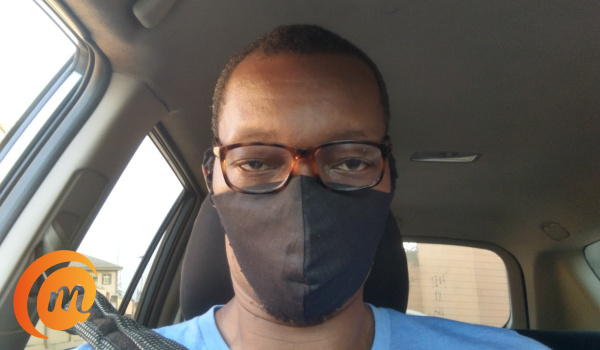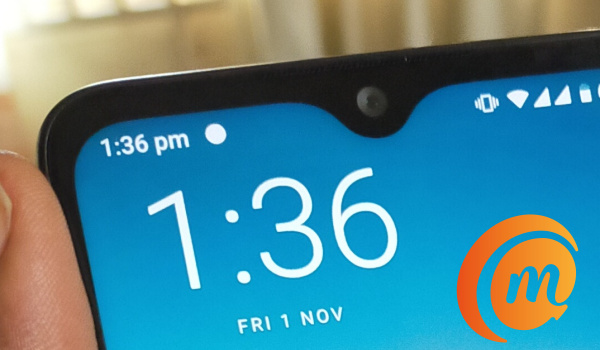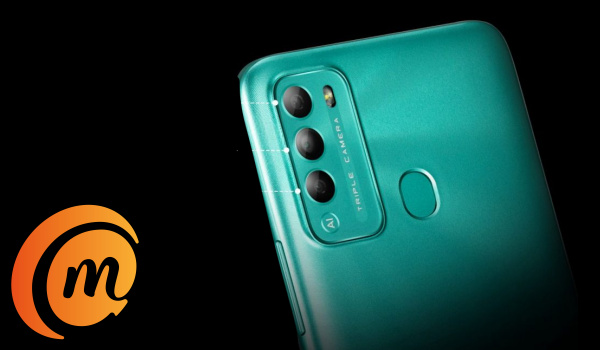Imagine suddenly finding out that you look bad in selfies. Your face comes out weird or distorted. That was what happened to me after a surgery.
I had a surgery to fix a broken jaw. It was successful, and I came out of the hospital ready to resume my glammed up life of taking and sharing selfies.

I was healing fine and checking myself in the mirror daily assured me that I wasn’t looking bad at all though there was a slight wonkiness (as a friend fondly teases me) in my jaw.
Nothing prepared me for the shock I got from my first selfie. I looked like I had food in my mouth in one side of my cheek! Horrors!! I held my head and screamed in terror!
Surely, my baby boy days could not be over yet. I wasn’t even 50 yet. I still had plenty of swag to show the world. Was this my village people at work?
Selfie after selfie produced the same results: I now looked terrible, weird, or bad in selfies. Why? I didn’t look that way in the mirrors at home. We have two. One in the bedroom and one in the hallway. I looked good in both. The slight imbalance in my facial symmetry hadn’t robbed me of good looks entirely.
But once I picked up a phone and took a selfie, boom! I was transformed into Shrek.
The mirrors testified that I was still among the finest in the world, but phone cameras had a different story to tell.
One day I was going through my archives of old selfies from before the jaw surgery, and something caught my attention: in many of them, my face was already distorted a bit. Not as much as what I was now seeing in my new selfies, but the distortion was unmistakable.
I have always pointed out that even the best selfie cameras do not take the best selfies, but this was a new low for front cameras on phones.
What was this, and why was it happening? I found out soon enough. Come with me.
Why you look bad in selfies from phone cameras
The answer is simple: many smartphone cameras use a wide angle lens for the front camera, because it helps capture more objects in the photo from the very short distance that our arms hold the phone away from our faces.
Wide angle lenses are convex lenses, which are known to cause unwanted distortion. These distortions are more pronounced the closer you are to the lens. I remember this clearly from physics class.
As such, the slightest misalignment on your face will come out exaggerated in any photos taken with a wide angle lens. The wider the angle of the lens is, the greater the distortion.
Try it. Take a selfie with your arm fully outstretched. Then take one from a shorter distance. Lastly, get a selfie stick, and take another. If you compare the three photos, you will see that your face is distorted or looks weird the most in the closest selfie you took and looks normal the most in the one taken with the selfie stick.
If all your selfies come out without distortions, and you do not look funny in any of them, your front camera does not use a wide angle lens. Lucky you!
If you look bad in selfies, convex (wide-angle) lenses used in front cameras of many smartphones are the culprit. They are the reason why you look weird or funny in those photos.
Some main cameras use a wide-angle lens for the primary lens
If you thought you had to worry about only front cameras, sorry. It gets worse. The main cameras at the back of some smartphones also use wide angle lenses for the primary shooter.
I began to notice this because even when I used the main camera of certain phones to take my selfies, I still looked distorted in them. So, I checked. It turned out that some smartphones use wide angle lenses for their main lens – the one that fires when you take a regular photo.
So, I was going to have to stay away from such phones going forward. This wouldn’t affect most people enough for them to notice any weirdness or distortion in their selfies when using such phones. But for me, thanks to a now slightly wonky jawline, it is in the best interest of world peace that I stay away.
A few tips to make sure you look good in selfies
If you notice that you look bad in selfies, here are a few things you can do to mitigate the issue.
- Use a selfie stick. It is your best bet right now if your smartphone camera is betraying you. I was never a big fan of these things, but I am converted now. Selfie sticks get better results because convex lens distortions reduce with greater distance of up to about 5 feet.
- If you don’t like the idea of carrying around a selfie stick, or you cannot be bothered, always extend your hand as far as possible when taking a selfie. It won’t help much, but it is better than holding the phone close to your face. If you don’t have long arms, eeya; sorry.
- Hunt for a smartphone that does not use a wide angle lens for its selfie camera. This is my preferred option. I don’t want to carry a selfie stick around, and though I have long arms, they are nowhere near 5 feet in length. I am not Mister Fantastic of The Fantastic Four after all; I am Mister Mobility.
- Also, if possible, you should buy a smartphone that does not use a wide angle lens as both front camera and as the primary lens of the main camera. Your selfie game will switch up and the distortions will go away.
I love my current smartphone, but its camera are traitors to my new wonky face. I look so unflattering in many selfies. My next smartphone will definitely be one that does not use convex lenses in the front camera and as the primary lens in the main camera.
With such a phone, I will no longer look bad in selfies.
Then I would be able to ask again, “Phone, phone, who is the fairest in the land?”
Copyright Notice: Reproduction of this article on any website, e-book, book, newspaper, magazine or other media without express written permission from MobilityArena is a violation of copyright rules and will result in appropriate action being taken against violators.

